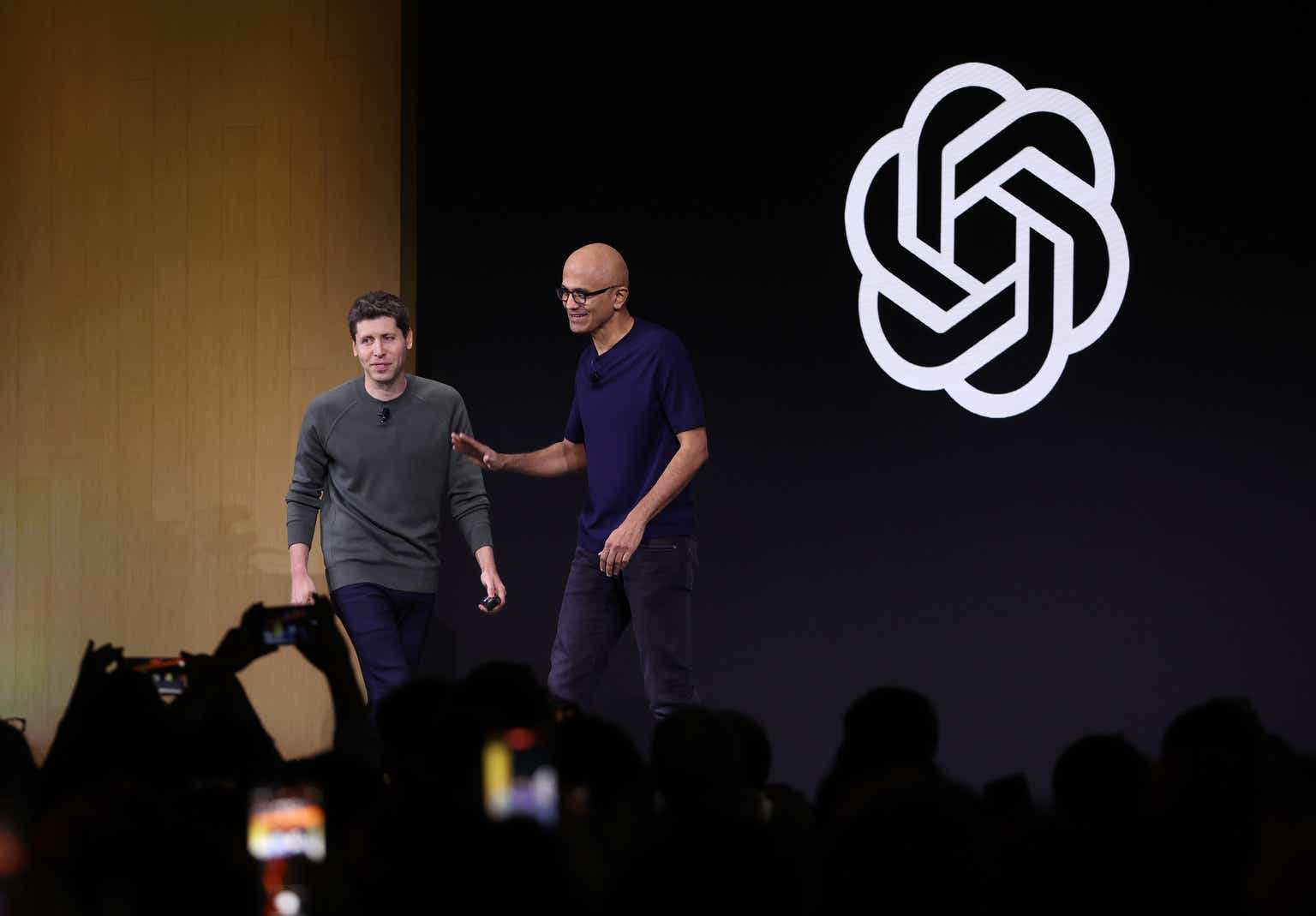

OpenAI is releasing a new artificial intelligence model known internally as “Strawberry” that can perform some human-like reasoning tasks, as it looks to stay at the top of a crowded market of rivals.
The new model, called o1, is designed to spend more time computing the answer before responding to user queries, the company said in a blog post Thursday. With the model, OpenAI’s tools should be able to solve multi-step problems, including complicated math and coding questions.
“As an early model, it doesn’t yet have many of the features that make ChatGPT useful, like browsing the web for information and uploading files and images,” the company said. “But for complex reasoning tasks this is a significant advancement and represents a new level of AI capability. Given this, we are resetting the counter back to 1 and naming this series OpenAI o1.”
A preview version of the model will be available through OpenAI’s popular chatbot, ChatGPT, to paid Plus and Team users on Thursday. Bloomberg previously reported the company could release the new model as soon as this week.
The model’s release comes as San Francisco-based OpenAI is looking to raise billions in funding and faces heightened competition in the race to develop ever more sophisticated artificial intelligence systems. OpenAI isn’t the only company working on such capabilities; competitors Anthropic and Google have also touted “reasoning” skills with their advanced AI models.
In its blog post, OpenAI gave examples of the AI model’s responses to questions on topics including coding, English, and math, and asked it to solve a simple crossword puzzle. In a series of posts on X, Noam Brown, a research scientist at OpenAI, said the company is releasing the model in preview now in part to get a sense for how people use it, and where it needs to be improved.
The experience of using OpenAI’s updated AI system will differ somewhat from what people have come to expect with ChatGPT, the company’s chatbot. Before responding to a user’s prompt, the new software will pause for a matter of seconds while, behind the scenes and invisible to the user, it considers a number of related prompts and then summarizes what appears to be the best response. This technique is sometimes referred to as “chain of thought” prompting.
OpenAI has been working to get computers to carry out multi-step actions for some time. In May 2023, for instance, the company released a blog post and an accompanying research paper about its efforts to improve AI systems’ abilities to solve math problems. According to the paper, the company trained a model by rewarding it for each correct step in the process toward coming up with an answer to a problem, rather than by just rewarding it for generating an accurate answer.
Data Sheet: Stay on top of the business of tech with thoughtful analysis on the industry’s biggest names.
Sign up here.















